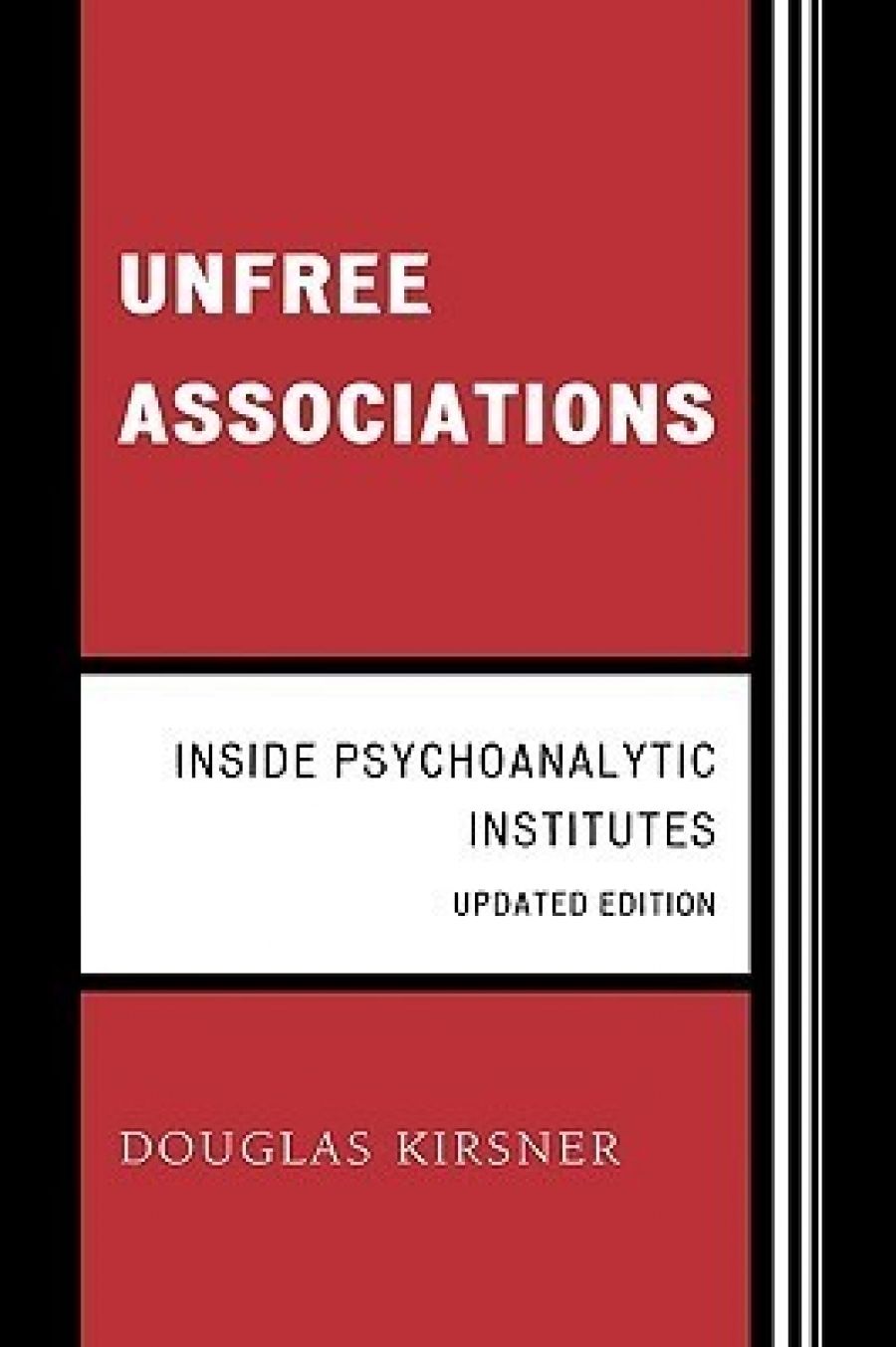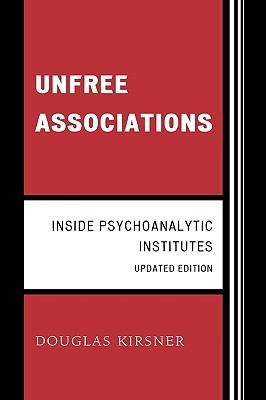
- Free Article: No
- Contents Category: Psychiatry
- Review Article: Yes
- Article Title: Freudian Associations
- Online Only: No
- Custom Highlight Text:
Douglas Kirsner’s new book has been a long time in the making. Based on extensive interviews with US East Coast and West Coast psychoanalysts over some ten years, it started out as an encyclopedic study of Freud and Freudianism. At one stage of its evolution it was called The Culture of the Couch but later, when Kirsner and his editor realised that he had assembled almost one million words of interview material, he decided to radically scale down the scope of the book and to completely alter its focus. He had been very impressed by a very brilliant book on contemporary French psychoanalysis (French Freud as it was called) by Sherry Turkle at MIT in Boston and he decided to use her quasi-ethnographic style. It is now basically a study of the four main psychoanalytic institutes in the United States – New York, Boston, Chicago, and Los Angeles – and one is reminded irresistibly of the contentious early Christian Church communities in Rome, Antioch, Ephesus, and Corinth. Kirsner makes a great deal of play with the analogies between the psychoanalytic institutes and sectarian religious groups but, knowing something about both, I think that the religious sectarians were models of peace and sweetness and light compared with the Freudian institutes.
- Book 1 Title: Unfree Associations
- Book 1 Subtitle: Inside psychoanalytic institutes
- Book 1 Biblio: Process Press, London $59.9Spb, 324pp
- Book 1 Cover Small (400 x 600):

There is in fact little directly about Freud’s ideas in the book: rather the fascination of Unfree Associations is in seeing how Freud’s gospel was incarnated in the key institutes in the US and was locally shaped by social and institutional factors and by groups of extremely opinionated central Europeans.
This is an age when many of our gods are being shown to be extremely mortal – we have had the Death of God movement deriving from Nietzsche, then the death of Enlightenment man coming from Michel Foucault, then the death of Marx and Marxism, and latterly the death of Freud. John Forrester’s book, Dispatches from the Freud Wars, gives a very good – if very dispiriting – account of this parricidal strife within the Freudian family. W.H. Auden once remarked in the 1940s that Freud is for twentieth-century people part of our climate, but I don’t think that many people would go along with this now. However, in my view there is no doubt that Freud remains, once we have disentangled his central intuitions from a lot of mystification, a prodigiously important figure in our culture. Freud’s position is of course extraordinarily complex and ambivalent where the relics of scientific positivism and psychic mechanism are at odds with the powerful hermeneutic or interpretational or semiotic aspects of his thought. As Jonathan Lear has put it: ‘Like the Delphic oracle “Know thyself” a central aim of Freud’s essentially humanistic and critical discipline is based on human agency and language rather than on (psychic) mechanisms.’ In other words, Freud teaches us how to read (critically) other people and ourselves.
As I said before, Kirsner concentrates on four of the US psychiatric communities and his book is largely an exercise in the sociology or anthropology of science – that is, on how scientific knowledge is produced in diverse scientific contexts. It is here that the rich interview material he collected from US psychiatrists over a number of years comes into its own. We also get a lot of high level analytic gossip about various arcane topics, for example, Marilyn Monroe’s eccentric analyst Greenson and his famous client: Greenson had at one time invited Marilyn Monroe to live with his family because he thought that she needed experience of living in an intact family. What Greenson’s wife and family thought of this kind of therapy is not recorded! Again we are given interesting information on Couch Canyon in LA – a locale where the homes of some two hundred psychoanalysts were congregated.
Kirsner shows how the training and accrediting of new analysts was the source of continual friction and destructive contention in all the institutes. How trainees were selected, how they were educated, their unequal relationship with their prestigious and powerful mentors (the Titans, as they were sometimes called), how they were eventually anointed as analysts, all led to ferocious conflicts and coups d’état in the various institutes. This situation was exacerbated by the increasing shortage of trainees after the 1950s. As one of the Chicago staff said about the Institute: ‘It’s a banana republic full of generals without troops.’ It is extraordinary how otherwise highly intelligent and creative people whose major concern was to help their patients, could fall into wrangling and plotting of the most childish and vindictive kind. Ironically it never seems to have occurred to them that the famous Delphic oracle ‘Know thyself’ might be applied to their own situation.
All in all this is a brilliant book and I think that it will be accessible to every intelligent reader whatever their attitude to Freud might be. It is a marvellously ‘good read’ and has already gained high praise from the great and famous among US analysts. I am sure that it will eventually be seen as a Freudian classic.


Comments powered by CComment